What is sales enablement software?
Sales enablement software brings data intelligence and productivity tools to the art of selling, helping you win more deals


What is sales enablement software?
Sales enablement is a strategic set of activities that support the closing of new deals.
What does sales enablement software do?
- Makes sales and marketing content easy to locate, personalise, and measure for effectiveness
- Provides input that accelerates buying journeys, such as successful sales approaches and recent news about prospects
- Integrates with or offers native applications for communicating with leads via email, call, video conference, and social media
- Aids resource allocation by tracking the performance of sales reps, playbooks, communication channels, and more
- Delivers onboarding and coaching material for sales teams, including training videos, playbooks, and feedback forms
How departments can use sales enablement software
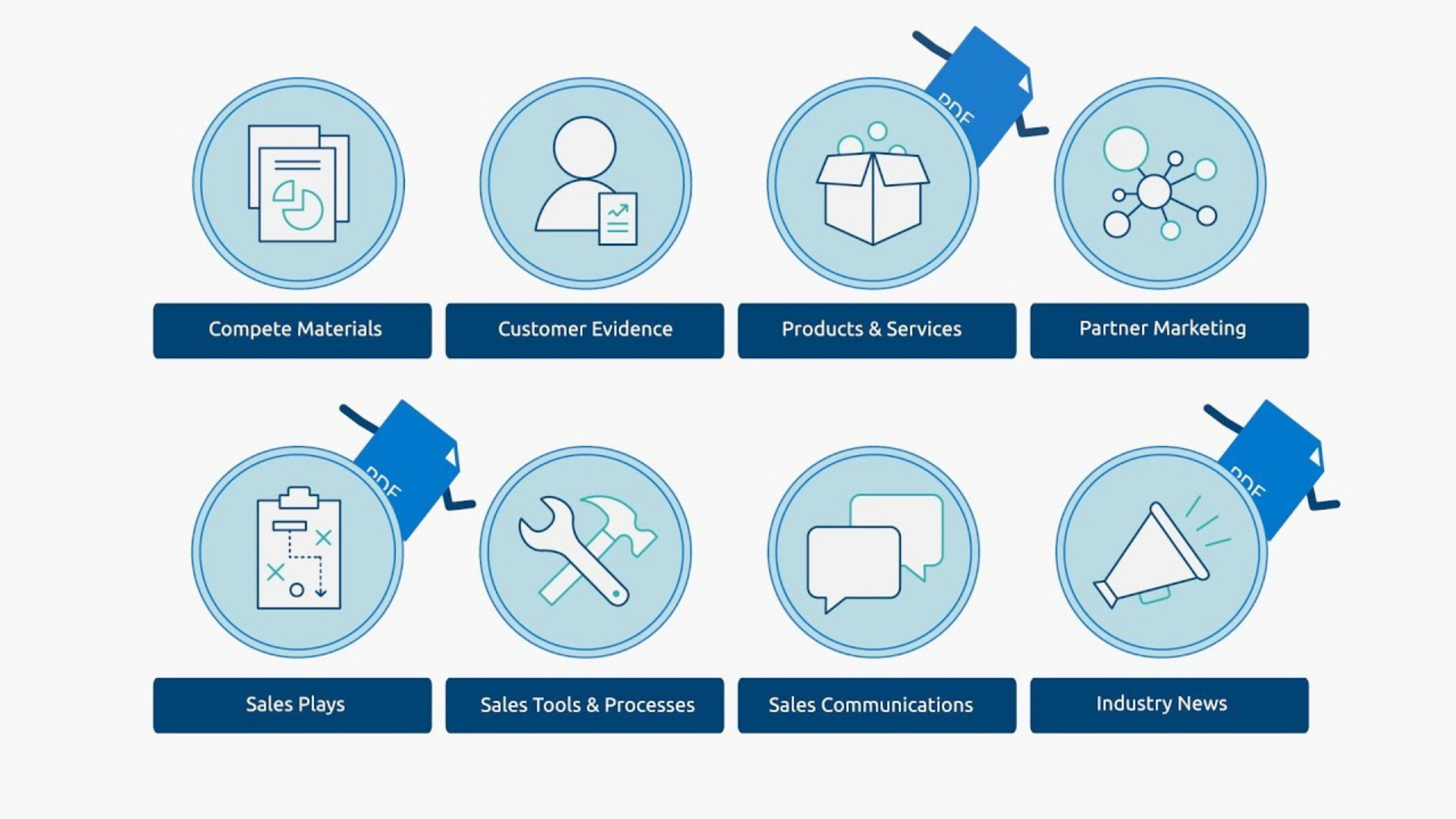
Sales team
Sales can use sales enablement software to close deals in a more cost-efficient way. Sales enablement software is the single point of truth for sales content, thus avoiding valuable information being trapped in silos.
For example, having all pitch decks and playbooks on one platform means reduced time searching for the relevant document to send to a prospect. Some platforms also allow real-time document editing and collaboration, and can track customer engagement with content, helping you increase win rates and decrease time and cost.
In addition, intelligence-driven training videos and prospect insights can quicken the buyer’s journey to a “yes,” also known as sales acceleration.
Marketing
Marketing can use sales enablement software to track the impact of sales collateral on closing deals.
Sales enablement software offers a unified platform for sales and marketing to collaborate. An example is the versioning and performance analytics of marketing content: sales reps can personalise general-use assets, and the software tracks how individual customers engage with them. This provides insight to marketing teams as to what content is most effective at closing deals and how different customer verticals respond to it.
Furthermore, the knowledge gathered about the target market’s needs and pain points can enable marketing departments to improve their existing campaigns and expand the sales funnel.
Get the ITPro daily newsletter
Sign up today and you will receive a free copy of our Future Focus 2025 report - the leading guidance on AI, cybersecurity and other IT challenges as per 700+ senior executives
Product management (PM)
PM can use sales enablement software to maximise client satisfaction at the onboarding stage.
Sales enablement software can also help increase customer retention, which involves collaboration with product teams. In the final deal stages, product managers must work with sales to deliver successful client demos and onboarding. For example, if you’re selling a technology product, you can determine customer requirements from past communications and engagement with sales collateral. This gives you a head start in building the right solution for the client.
Product teams that use existing knowledge from the buying journey deliver a functional service more quickly, increasing client satisfaction and retention.
Strategy

Strategy teams can use sales enablement software to better understand customer verticals and build new roadmaps.
Analytics are a powerful sales enablement tool, and can inform the future direction of your company. Insights such as buying journey duration, market segmentation, and revenue prediction can tell strategy teams whether existing targets are being hit and where future profits may come from. Furthermore, qualitative data, such as product demo notes, help teams re-examine market needs and buying behaviors, thus influencing company strategy.
Also, by tracking the performance of sales teams and revenue streams, strategy execs can make better budgeting decisions across products, geographic locations, and customer verticals.
Features and benefits of sales enablement software
Sales enablement vendors cover a wide variety of features, with some—such as Highspot, Seismic, and Showpad—regarded as comprehensive end-to-end providers, and other players focused on key elements including coaching, email tracking, and market intelligence.
Below, we outline the top features found across sales enablement solutions.
Sales content management
Content management enables you to easily find, personalise, and track your sales collateral. This feature saves you time and money by locating data in a targeted way—including decks, notes, and playbooks—and increases win rates by adapting templates to client profiles. Advanced tools include real-time document editing and versioning, and tracking the collateral’s impact on deal progression.
Sales intelligence
Software offering sales intelligence ensures rep readiness when communicating with customers. Internal sales analytics measure individual quota fulfillment, predicted revenue, and traits of successful pitches. You can also use industry intelligence to identify high-value targets, get AI-driven recommendations, and stay on top of relevant news.
Sales acceleration
Sales acceleration tools move your leads along the pipeline more quickly, which makes you more money in less time. Example tools include intelligence-driven playbooks that adapt to industry and buyer profile, communication recommendations based on language analysis, and collaboration features that remove workflow duplication and silos.
Customer engagement
Some sales enablement products provide native applications that send and track communications across channels including email, phone, video conference, and social media. Metrics are aggregated and analysed, including email open rates, and time spent on attachments such as videos. This helps you optimise low-performance messaging and make the sales process more personal. Customer engagement solutions tend to work hand-in-hand with CRM products, which store customer and pipeline data.
Sales training

With sales training software, reps can be onboarded, coached, and given feedback in a streamlined way. Advanced features include measuring the impact of coaching content on win rates and quick-fire training recommendations according to customer profile and deal stage. Some tools include, or can integrate with, workforce management features such as incentive, quota, and territory management.
How much does sales enablement software cost?
Some providers provide quotes after an initial discovery call or product demo—including Highspot, Seismic, Outreach, Chorus.ai, and Gong.io. This is typically a bespoke pricing model, based on your sales team size, technical requirements, size of pipeline, and other variables.
Solutions that focus on a specific segment of sales enablement usually offer pricing plans on a per-user basis, billed monthly or annually. For example, content management software Bloomfire starts at £20 per user a month, and Content Camel starts at £12 per user a month (both billed annually).
RELATED RESOURCE
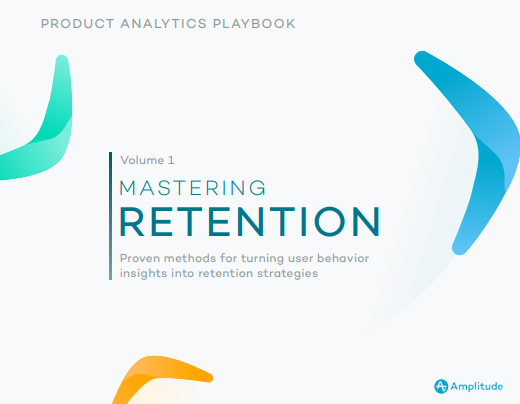
For sales solutions that include email marketing and advanced performance analytics, you’re looking at £39 per user a month for Zendesk Sell and £42 per user a month for Zoho CRM (both billed annually).
Sales intelligence solutions can be pricier than other sales enablement segments: for example, Linkedin Sales Navigator, which helps you target and communicate with prospects, starts at £65.43 per user a month (billed annually).
Note that some providers may charge extra for software implementation.
Some products, such as Zendesk Sell and Content Camel, may offer free trials.
Sales enablement software FAQ
Below, we've answered the most frequently-asked questions about sales enablement software.
What is the goal of sales enablement software?
The goal of sales enablement software is to get your business more sales with higher efficiency. Vendors offer a mix of propositions towards that goal, such as creating targeted sales content, using data-driven playbooks, accelerating customer buying journeys, and streamlining team learning needs.
Without some form of sales enablement software, chances are fewer deals would get done and pipelines would progress more slowly. High-potential conversations may not be actioned in a timely manner, and learnings from high performers wouldn’t be as readily available. So, whether it’s an end-to-end sales enablement solution or niche products, such as coaching software, your bottom line is likely to benefit from having more streamlined, productivity-enhancing sales support.

Is sales enablement software the same as CRM?
CRM can have overlapping features with sales enablement products, such as pipeline management, email templates and tracking, note-taking, rep assignment, and revenue prediction. However, sales enablement solutions don't typically store customer records in as great a detail as a CRM would—for example, many don’t offer customisable data fields. Conversely, CRM products don’t tend to include native phone and video conferencing, content editing and tracking, or sales training capabilities.
Some advanced CRM solutions with AI-powered recommendations and automation, such as Zoho CRM and Hubspot CRM, can be considered sales enablement products, as they help sales teams focus their attention on high-value prospects while saving time on manual tasks. Many CRM products can also be integrated into sales enablement software, syncing contact and communication data, and avoiding missed opportunities.
What are examples of sales enablement software?
Some sales enablement solutions offer an end-to-end suite of tools in one platform, from content management to sales intelligence, acceleration tools, customer engagement, and sales training. Examples of all-in-one platforms include Seismic, Highspot, and Showpad.
Providers like Dooly, Bloomfire, Content Camel, and Conga focus heavily on content management. Software focusing on sales intelligence includes LinkedIn Sales Navigator, Chorus.ai, and Artesian. Software focusing primarily on sales acceleration includes Accord, Gong.io, and Outreach. Products with a primary focus on customer engagement include Clearside, Zoho CRM, Hubspot CRM, and Zendesk Sell. Finally, software specialising in sales rep training includes Lessonly and SalesKen.
Main takeaways
Here are the five key points to remember:
- Sales enablement software gets you to a closed deal quicker by equipping your team with relevant information, content, and analytics
- There are five common features across sales enablement solutions: content management, sales intelligence, sales acceleration, customer engagement, and sales training - some providers offer a mix, while others focus exclusively on one or two features
- Sales and marketing teams can achieve greater results if relevant content is located and personalised more easily, with customer engagement measured under the same platform
- Tracking customer buying journeys, including content and communication effectiveness, helps identify improvement points across your sales efforts
- You can integrate your existing programs, including CRM, email, and video conferencing, with sales enablement products
Further reading
To further unpack why sales enablement software enhances productivity, read our features on finding common ground between sales and marketing and what it takes to be genuinely data-driven.
You can also have a look at our buying guides for the best product management and the best employee experience software.
Ioana holds a BSc in Business Management from King's College London, and has worked for over four years as a management consultant in the industries of technology, media and telecoms. Ioana is also a successful entrepreneur, having launched several social enterprises. Writing interests include market research and planning, start-up culture and ethics, agile methodology, and financial modelling. No stranger to tech and hackathons, she is also an accomplished fintech and SaaS writer.
-
 Bigger salaries, more burnout: Is the CISO role in crisis?
Bigger salaries, more burnout: Is the CISO role in crisis?In-depth CISOs are more stressed than ever before – but why is this and what can be done?
By Kate O'Flaherty Published
-
 Cheap cyber crime kits can be bought on the dark web for less than $25
Cheap cyber crime kits can be bought on the dark web for less than $25News Research from NordVPN shows phishing kits are now widely available on the dark web and via messaging apps like Telegram, and are often selling for less than $25.
By Emma Woollacott Published
-
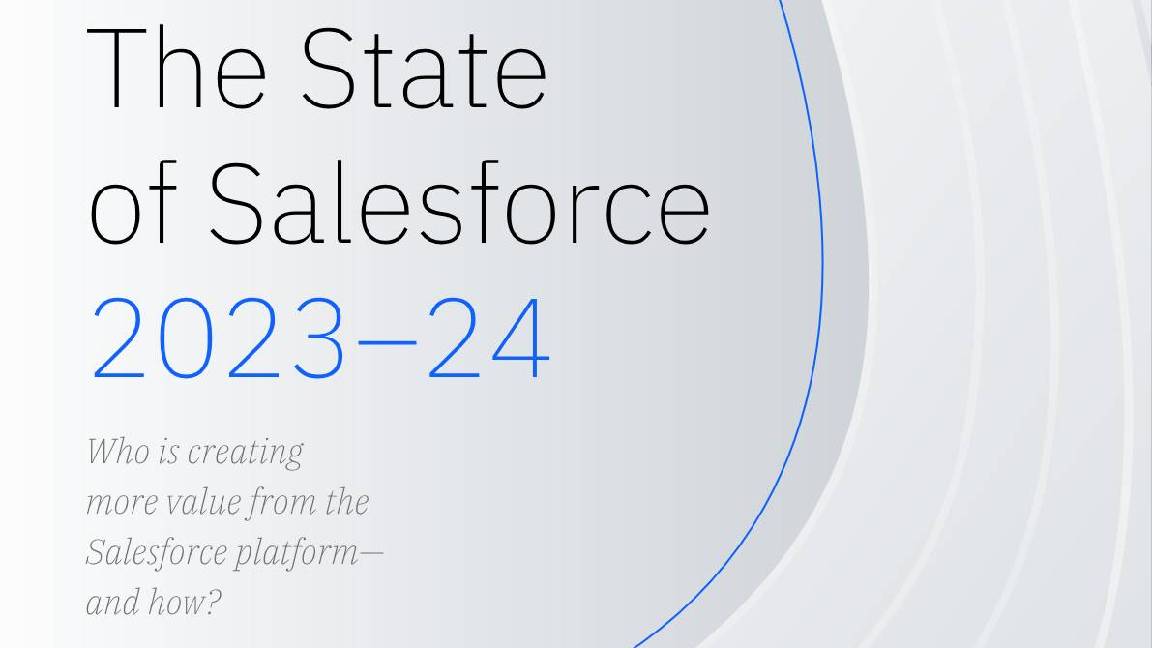 The state of Salesforce 2023-24
The state of Salesforce 2023-24whitepaper Who is creating more value from the Salesforce platform - and how?
By ITPro Last updated
-
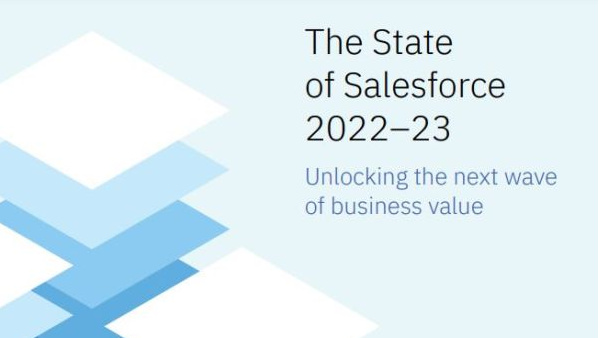 The state of Salesforce 2022-2023
The state of Salesforce 2022-2023Whitepaper Unlocking the next wave of business value
By ITPro Published
-
 Best sales enablement software
Best sales enablement softwareBest Integrate sales and marketing to increase sales of products and services in the most efficient way, here are our picks for the best sales enablement software
By Brian Turner Published
-
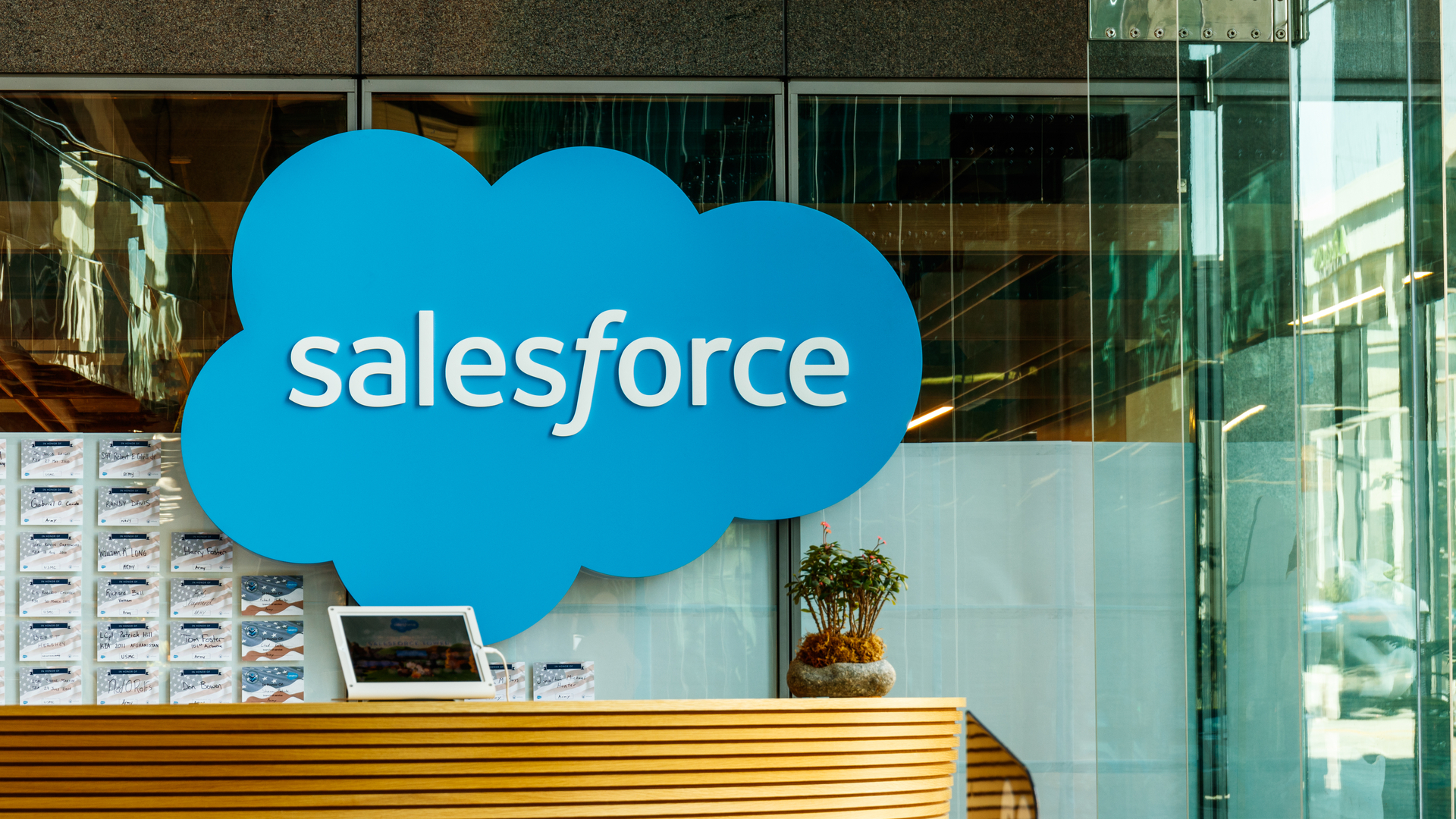 Salesforce partners with WhatsApp for personalised business messaging
Salesforce partners with WhatsApp for personalised business messagingNews New integration aims to help companies build Salesforce-controlled chat experiences on the messaging platform
By Daniel Todd Published
-
 Mastering retention
Mastering retentionWhitepaper Turning user behaviour insights into retention strategies
By ITPro Published
-
 How customer relationship management (CRM) can help your business
How customer relationship management (CRM) can help your businessIn-depth Are you still keeping customer details in a simple database or spreadsheet? There are several benefits of adopting an integrated CRM system
By Nik Rawlinson Published
-
 1.2m businesses now eligible for UK gov's software discounts
1.2m businesses now eligible for UK gov's software discountsNews Help to Grow: Digital scheme offers up to £5,000 off selected CRM and e-commerce software
By Bobby Hellard Published
-
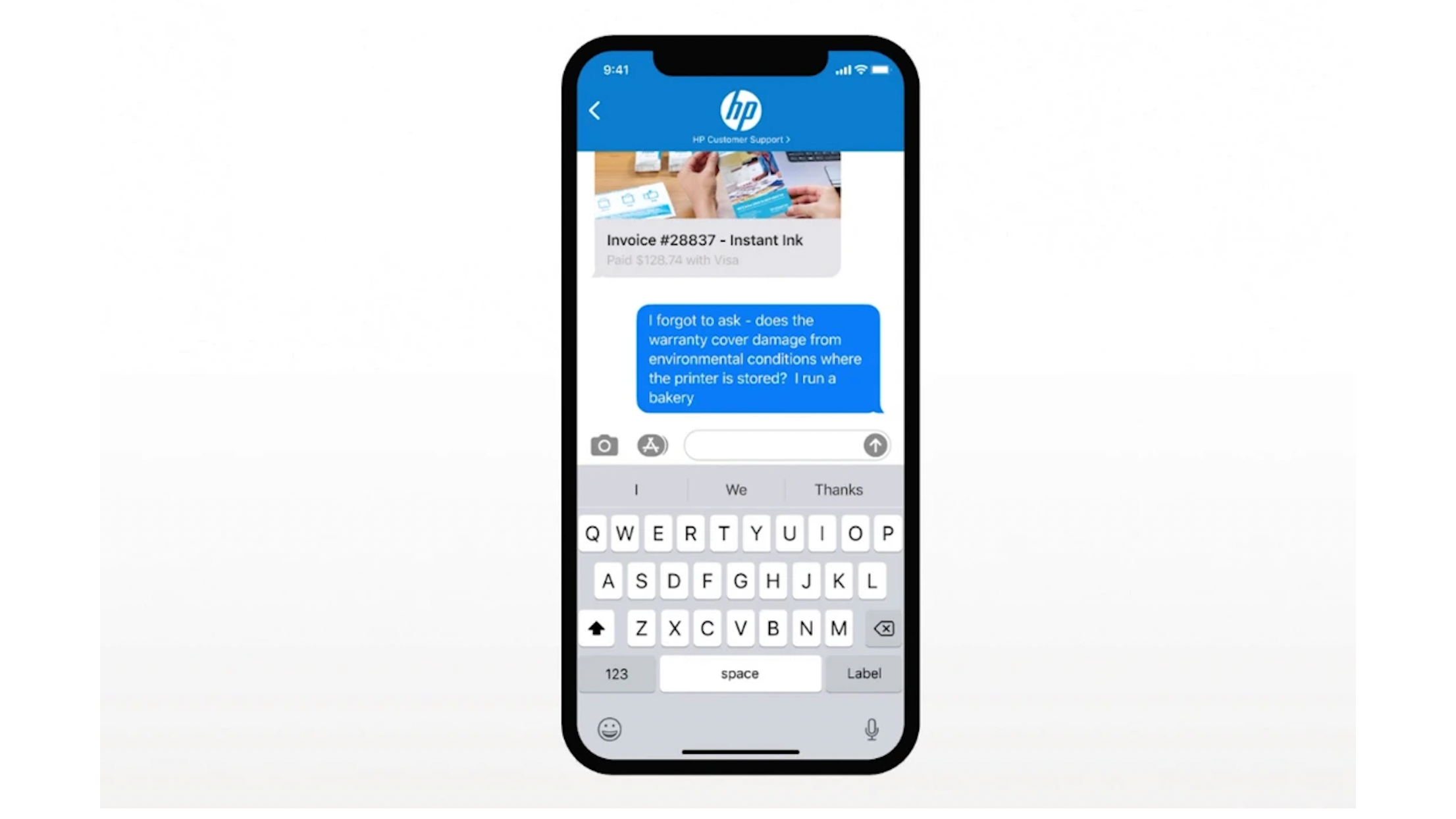 Microsoft launches Digital Contact Center Platform
Microsoft launches Digital Contact Center PlatformNews The tech giant's new service will pull together features from Dynamics, Teams and Nuance AI for customer service automation
By Bobby Hellard Published